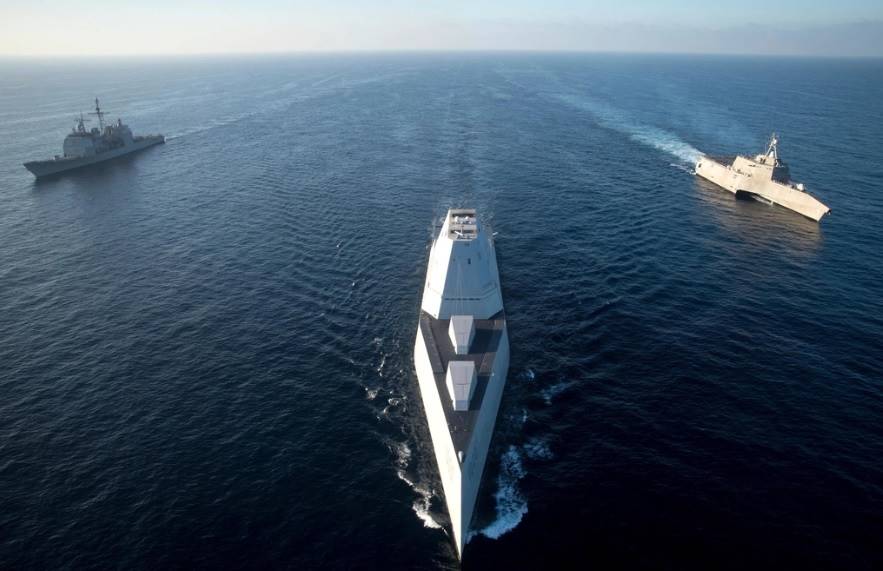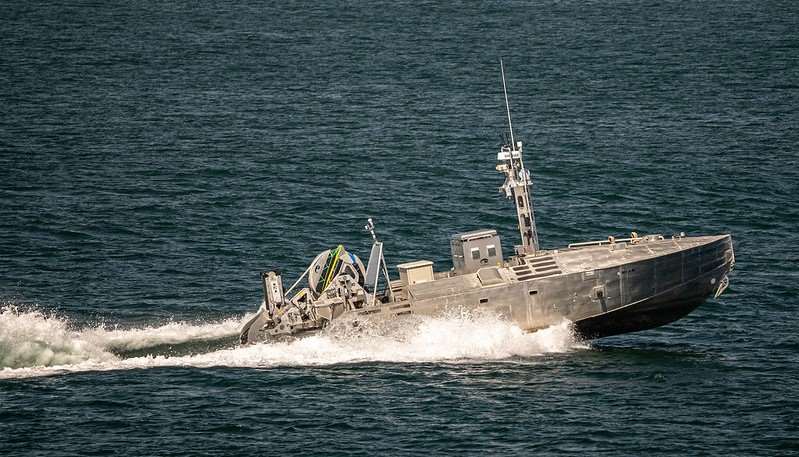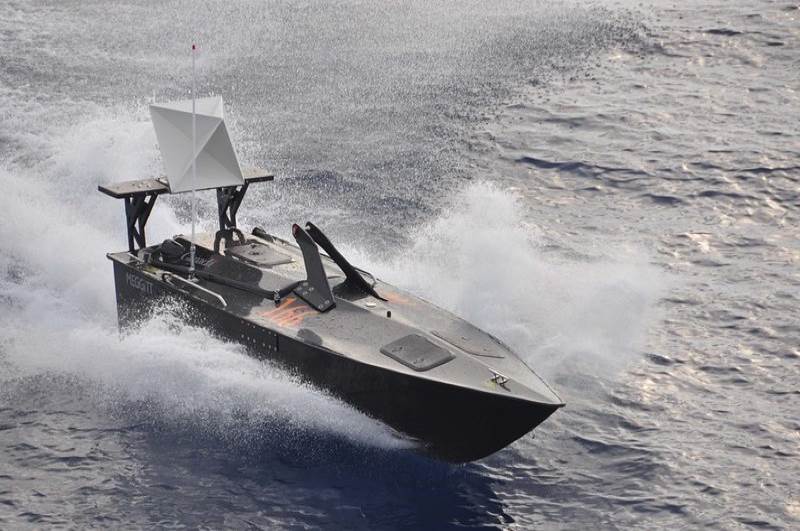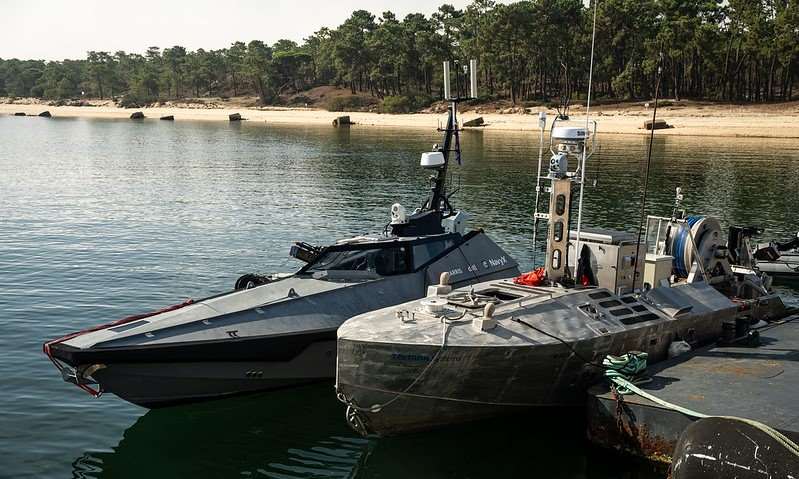Naval Drones: To Crew or Not to Crew
The dawn of nautical drone technology means that navies are having to rethink everything.

Not since the introduction of steamships, have navies had to adapt to such a massive technological change. But adapt they must, as the power of drones is now evident in the air, on land, and at sea in the Russia/Ukraine war.
The benefits of using naval drones are clear. The reduced risk to human sailors, the cost effectiveness of managing vessels which do not need living quarters or amenities, and the fact that uncrewed vessels can operate for long durations without fatigue—ideal for extended surveillance or patrol missions. Not only that, but drones also enable the possibility of massing overwhelming numbers once swarm technology improves, while their generally smaller size makes them perfect for covert and reconnaissance missions.
“When I look at a $2 billion destroyer that has 350 people on it, and I think of the overhead associated with the training that is required to man—from an O-5 commanding officer to an E-1 line handler,” says John Mustin, the president of autonomous vehicle maker Saildrone. “The benefit here [of crewless naval craft] is that we provide all of the operations and maintenance. So, you just get the benefit of the capability.”

Yet, for the most part, naval drones, both those on the surface and those underwater, are few and far between.
“The Navy has talked about it, talked about it, talked about it, but they’ve taken no actions to actually do this,” observes US Congress representative Trent Kelly, a Republican who chairs the House Armed Services Subcommittee on Seapower and Projection Forces.
So why is it taking so long for navies to build and deploy large numbers of naval drones?
There are many reasons, but mostly that drone technology is not quite good enough for a full fleet of autonomous or remotely controlled vessels to be conducted completely without sailors.
Significantly, drone ranges are still relatively short compared to crewed vessels. As Charles Fralick, a naval drone expert, notes, “A small underwater vehicle or small surface vehicle [or] small air vehicle—they are wonderful pieces of hardware today capable of doing many really interesting things, as you've seen in Ukraine. But the issue is, you have to get them to the point that they need to be used, and you need to be able to support them where they are deployed.”
Additionally, their smaller size limits payloads and firepower capabilities, they are more vulnerable to e-warfare (where a cyberattack could even lead to a hostile takeover) and as the technology for fully autonomous craft is not yet ready, so naval drones still rely on extended lines of communication, much longer than their most of their land or airborne counterparts.
They also need considerable support.
“That means recharging underwater vehicles, refueling surface vehicles and air vehicles,” says Fralick, the chief technology officer for sea systems at naval drone company Leidos. “And having the communications infrastructure. And so that's the piece that the Navy has been starting to come to grips with.”

It is a point highlighted by Rear Adm. William Daly, the US Navy’s director of surface warfare, when he said, “[It’s] not just getting the things from point A to point B, where they can be used, but it's also supporting them once they get out there.”
This even ignores the ethical question of whether or not autonomous military drones should be fully controlled by AI or some self-governing algorithm. For this reason, as well as technological limitations, human involvement is still very much needed.
“You still want command and control folks ashore or afloat to be able to reach out and touch these platforms and reprogram them in extremis,” says Fralick. “To have reliable communications no matter what scenario we're in is very important, and we're making good progress in that area. Five years ago, 10 years ago, that was a real issue.”
However, there are further challenges before uncrewed naval drones become the de-facto fighting force.
“Most builders of autonomous surface platforms use radar as their primary sensor,” says Fralick. “Radar is good in many situations; if you have calm seas or you're not in a wartime footing where you can radiate from the radar, they're pretty good.”
But in a crowded sea space, in poor visibility, with high seas, and with all vessels attempting to be silent and invisible, the chance of an autonomous naval drone colliding with other ships becomes quite high.
“We've got to make sure that doesn't happen. The autonomy is good enough… but it's only as good as the perception systems,” explains Fralick. “Even with the naked eye, if you see a vessel several miles away, unless it's very large, you have a hard time telling what it is until it gets much closer. We need the ability to do that more quickly and with confidence on board our autonomous platforms.”

Ultimately, the rise of naval drones is not a question of if, but when. The strategic advantages they offer—from reducing human risk to enabling persistent surveillance—are simply too significant to ignore.
Yet, the path to a fully autonomous naval future is complex, requiring not only advances in technology but also shifts in doctrine, logistics, and ethical oversight. As navies around the world watch the unfolding battlefield in Ukraine, one thing is certain: those who fail to adapt to this new maritime reality may find themselves left behind in the next era of naval warfare.
To learn more about this topic read the linked article: Charting a Course Toward an Autonomous Drone Navy

